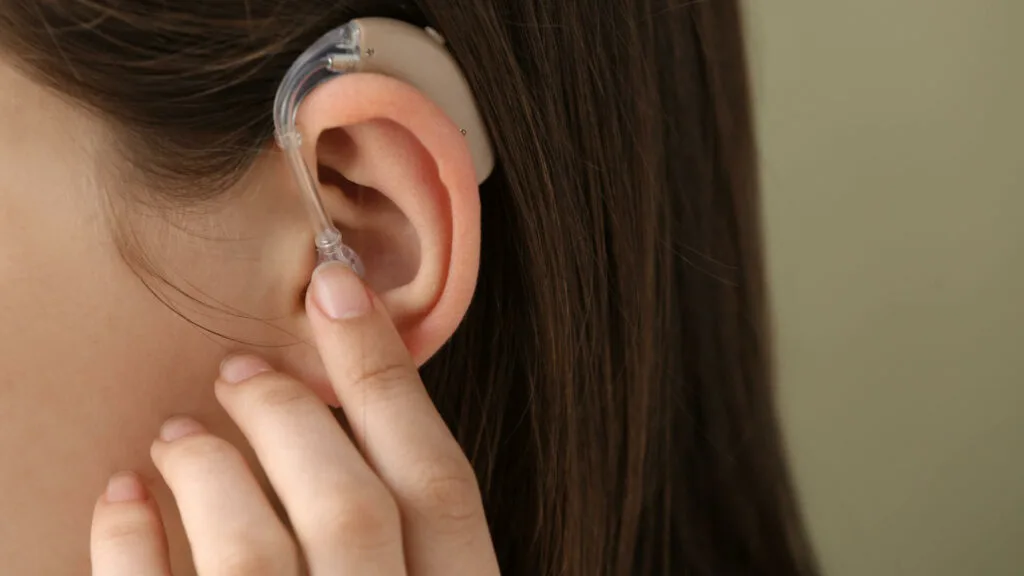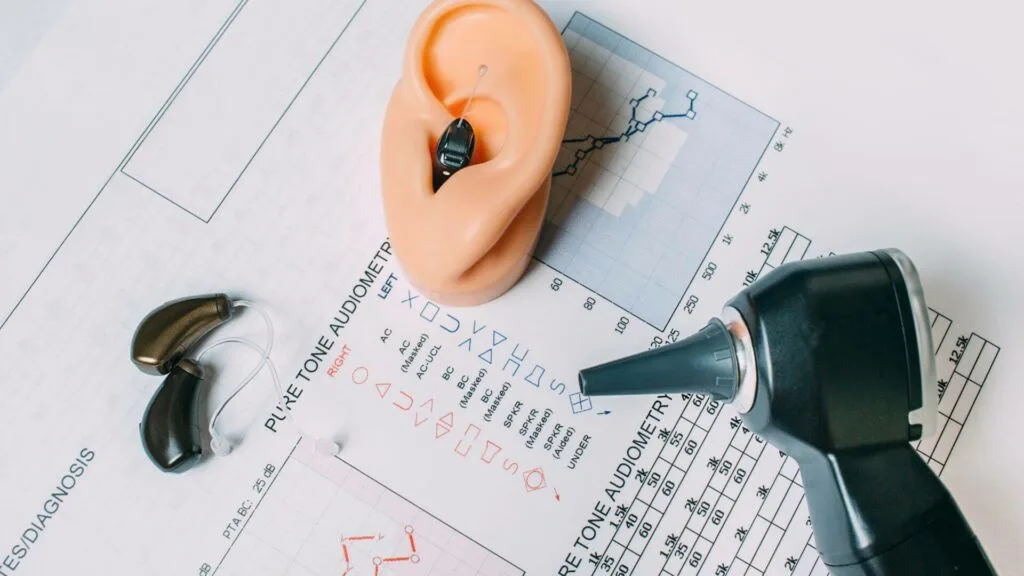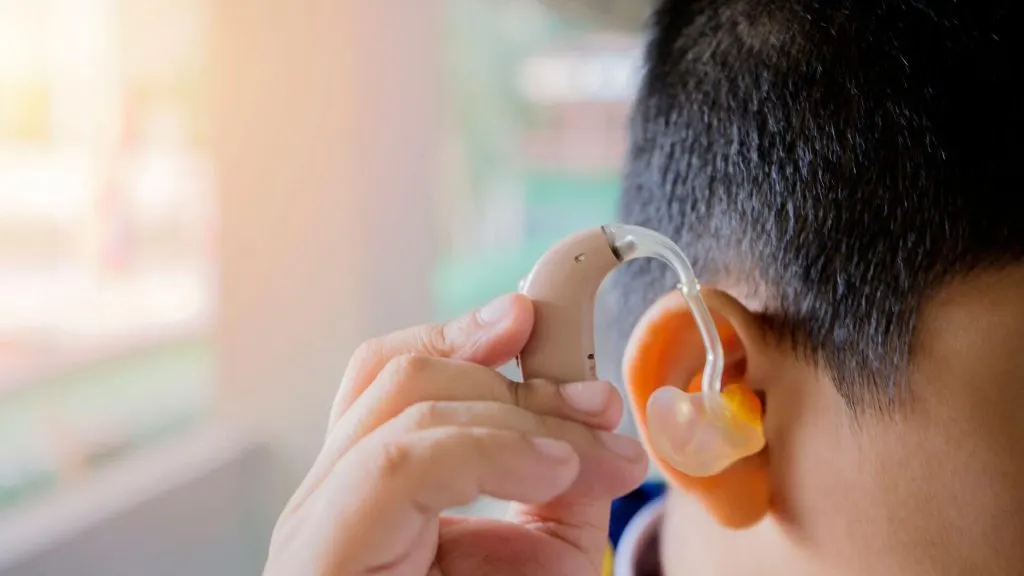Hearing aids have significantly evolved over the years, from simple sound amplifiers to sophisticated devices with a wide range of features and benefits. Central to this evolution is the constant innovation and development of hearing aid parts and accessories. In this blog post, we explore the journey of these crucial components and how they have transformed to enhance the lives of countless individuals with hearing loss.

1. The Birth of Hearing Aids:
In the early days, hearing aids were bulky and cumbersome devices that relied on rudimentary technology. The first significant development came with the incorporation of vacuum tube technology in the 1920s. These early hearing aids transmitted sound signals using large batteries, carbon microphones, and cords.
2. Transistors – A Revolutionary Leap:
The introduction of transistors in the late 1940s revolutionized the world of hearing aids. Transistors were smaller and more efficient, enabling manufacturers to create smaller, more portable devices. As a result, many bulky battery-powered models gave way to sleeker behind-the-ear (BTE) or in-the-ear (ITE) options.
3. Digital Era & Customization:
The arrival of digital technology in the 1990s marked yet another milestone in hearing aid evolution. Digital processing allowed for enhanced sound quality and enabled customization of devices according to individual needs. With programmable digital hearing aids, wearers could buy hearing aid parts and accessories with precise adjustments based on their unique audiogram results.
4. Miniaturization – Smaller but More Powerful:
Advancements in microelectronics have allowed for even more compact designs without compromising performance. Many modern hearing aids are virtually invisible when worn inside or behind the ear, thanks to miniaturized components such as advanced microchips and tiny receivers.
5. Superior Sound Quality through Directional Microphones:
Directional microphones have played a crucial role in improving sound quality for hearing aid users. Researchers introduced these innovative components in the 1960s, and since then, they have significantly improved. Directional microphones allow wearers to focus on sounds from specific directions while reducing background noise.

6. Connectivity & Accessories:
Today’s hearing aids provide numerous connectivity and accessory options for convenience and versatility. Wireless connectivity lets users stream audio directly from their smartphones, televisions, or other devices. Bluetooth technology has enabled wearers to control their settings discreetly through smartphone apps.
7. Rechargeable Batteries:
Say goodbye to the hassle of constantly changing batteries! The advent of rechargeable hearing aid batteries has eliminated the inconvenience of disposable cells. Rechargeable options have become increasingly popular among users who appreciate the sustainability factor and the ease of charging overnight.
8. Pressure Equalization:
One familiar challenge hearing aid wearers face is discomfort due to pressure caused by elevation changes or flying in an airplane. Advanced pressure equalization systems in modern devices help alleviate this issue by automatically adjusting air pressure within the ear canal.
9. Tinnitus Masking:
Many individuals with hearing loss also experience tinnitus, a condition characterized by persistent ringing or buzzing noises in the ears. Numerous current hearing aid models include built-in tinnitus-masking features that offer relief by generating soothing sounds that mask the perception of tinnitus.
10. Improved Feedback Suppression:
One persistent challenge that hearing aid users faced in the past was feedback or whistling sounds. Fortunately, advancements in feedback suppression technology have significantly reduced this issue. Current hearing aids have sophisticated algorithms that quickly detect and suppress feedback, allowing wearers to enjoy a more comfortable and natural listening experience.

11. Environmental Durability:
Another area of improvement in hearing aid parts and accessories concerns their durability in varying environmental conditions. Manufacturers now consider factors such as moisture resistance, dustproofing, and even water resistance to ensure wearers can confidently use their devices in different environments without worry. This enhancement provides peace of mind for outdoor activities or during exposure to humid climates.
Evolution of Hearing Aid Technology: Enhancing Auditory Assistance
The evolution of hearing aids’ parts and accessories has brought tremendous advancements, enhancing comfort, performance, and functionality for millions of people with hearing loss worldwide. From humble beginnings with vacuum tubes to modern digital marvels, each innovation represents progress toward a more inclusive world where individuals can experience precise and natural sound at its finest.

Jessi is the creative mind behind The Coffee Mom, a popular blog that combines parenting advice, travel tips, and a love for all things Disney. As a trusted Disney influencer and passionate storyteller, Jessi’s authentic insights and relatable content resonate with readers worldwide.
